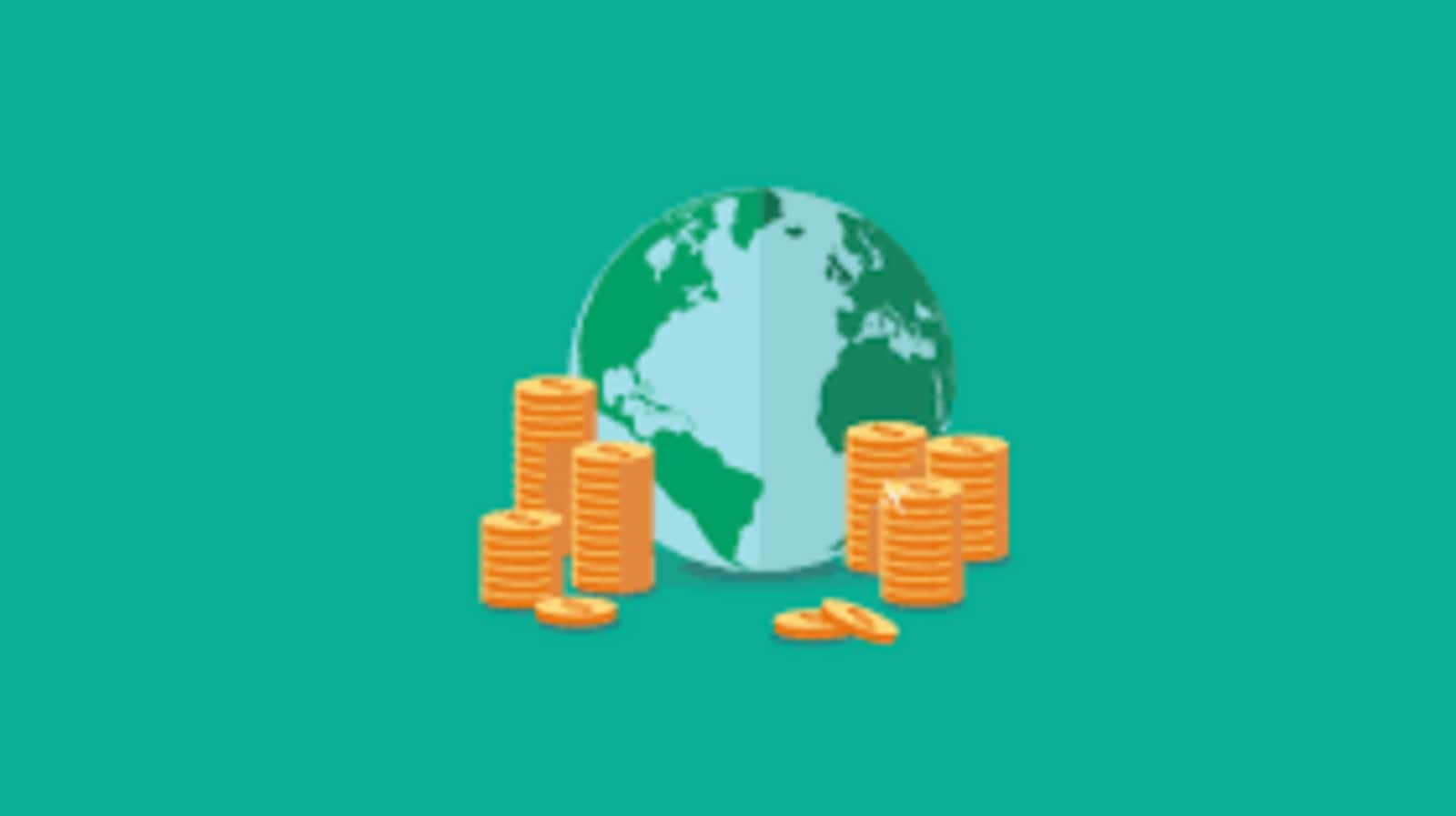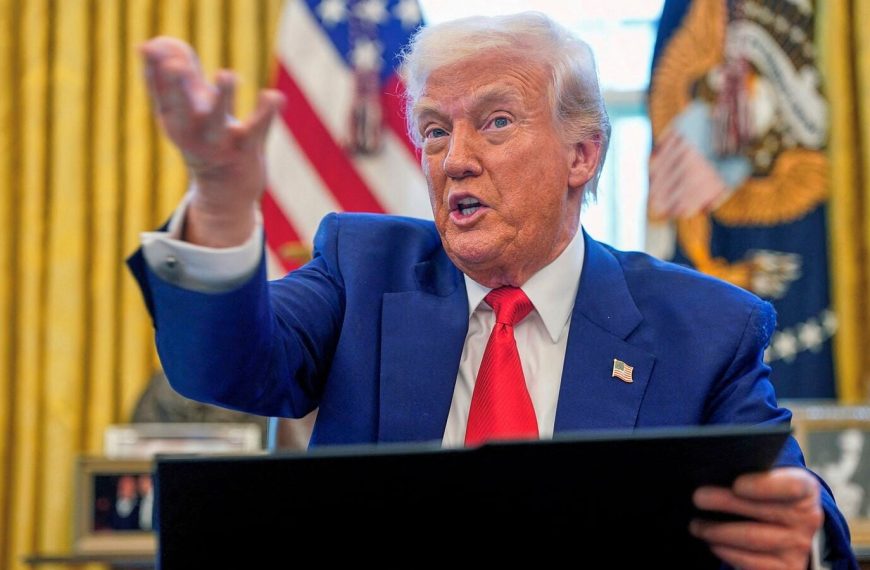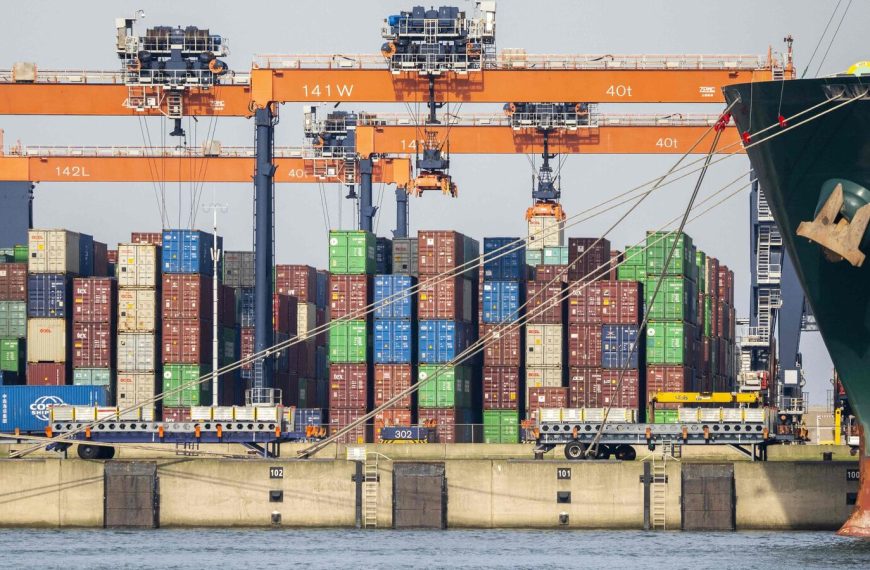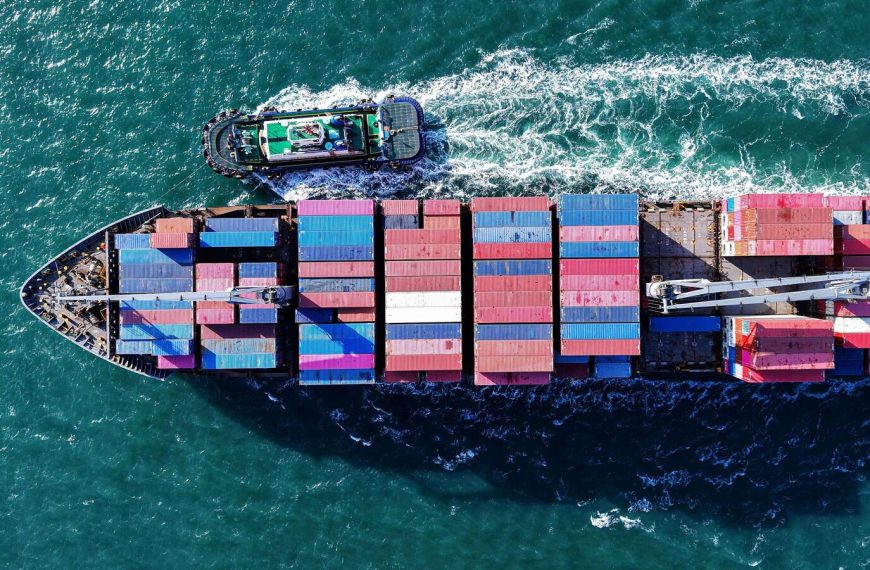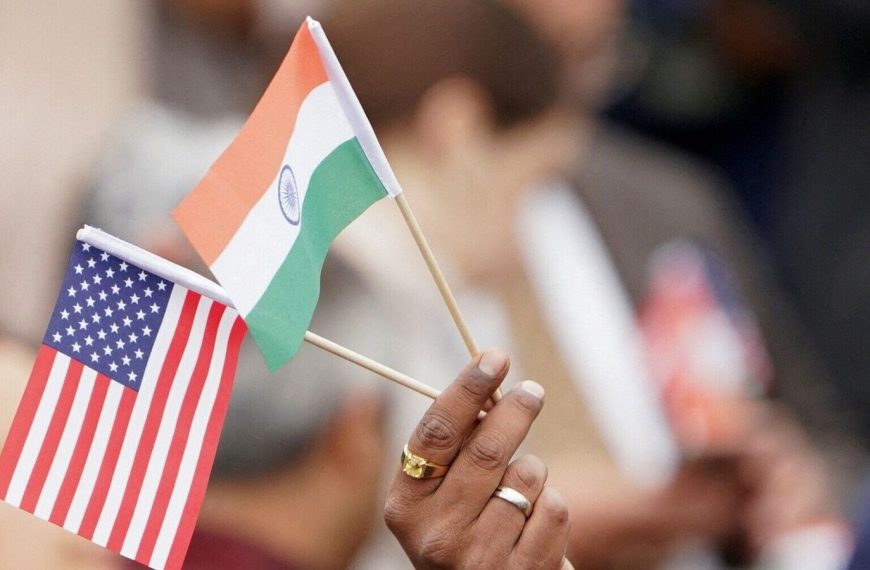Food prices in Brazil are soaring, contributing to rising costs across various sectors. Recent minutes from a central bank meeting revealed that policymakers opted for a significant increase in the benchmark Selic rate, raising it by a full percentage point to 14.25%. They indicated that future rate hikes would be more modest. The committee noted, “The next move will be of a smaller magnitude, given the delays in the current monetary cycle,” reflecting their cautious stance amid economic uncertainties.
Inflation Pressures on Brazil’s Economy
Brazil’s central bank has implemented a total increase of 3.75 percentage points in borrowing costs since September of last year, as inflation continues to plague the largest economy in Latin America. A combination of factors, such as extreme weather conditions and fluctuations in the Brazilian real, has put significant pressure on the cost of living. While robust government spending and low unemployment are stimulating demand, indicators suggest that economic activity may be slowing down.
- Consumer Prices Surge: In February, consumer prices surged by 1.31%, marking the most substantial monthly increase in three years. This spike is primarily attributed to rising costs in housing, education, and food and beverages.
- Annual Inflation Rates: The annual inflation rate has accelerated to 5.06%, significantly surpassing the central bank’s target of 3%.
Economic Concerns Among Policymakers
Policymakers expressed concern over unanchored price forecasts, emphasizing the need for control. They noted that if current trends persist, inflation could stay above the upper limit of the target range for six consecutive months starting January 2025. The report stated, “This would result in a target breach by June 2025.”
The impact of inflation is also taking a toll on President Luiz Inacio Lula da Silva’s popularity. In response to these economic challenges, the government has introduced several measures aimed at boosting consumption, although some of these initiatives may inadvertently increase inflationary pressures.
- Support for Consumers: The government has expanded loan options for private-sector workers and eased restrictions on early withdrawals from the FGTS (workers’ severance fund). Additionally, a proposal has been made to exempt workers earning up to 5,000 reais (approximately $872) from income taxes starting in 2026.
Fiscal Discipline and Global Uncertainties
Concerns about Brazil’s fiscal discipline and uncertainties surrounding public debt could lead to an increase in the neutral interest rate, potentially undermining the effectiveness of monetary policy, according to central bank officials.
Globally, there are significant geopolitical uncertainties, and the international growth outlook has worsened. Recent data indicates that local economic activity is becoming increasingly inconsistent. Although the central bank’s monthly proxy for GDP exceeded expectations in January, retail sales and services experienced a downturn, and industrial production has stalled.
Economic Growth Projections
Analysts from the central bank anticipate that Brazil’s economy will grow by approximately 2% in 2025, followed by a modest 1.6% growth in 2026. These forecasts fall short of the 3.4% expansion seen in 2024, highlighting the challenges ahead for Brazil’s economic landscape.
In summary, as Brazil navigates through rising inflation and economic uncertainties, the central bank is taking measured steps to manage the situation while trying to support growth and consumer confidence.

